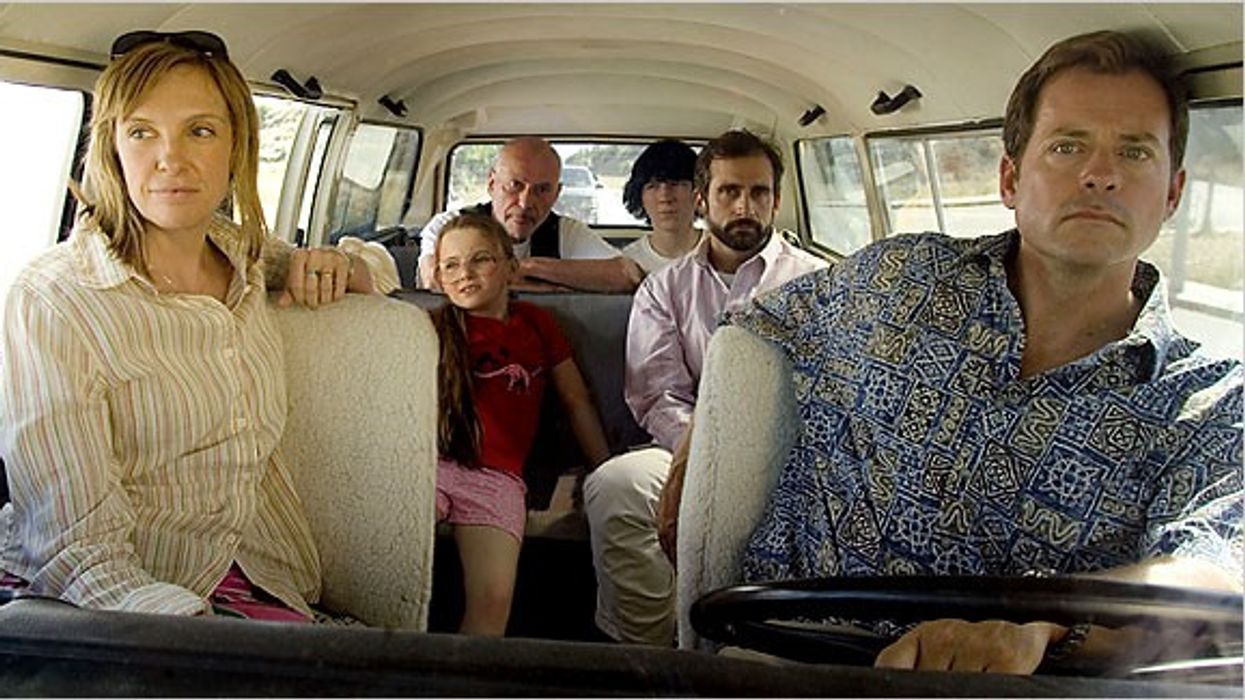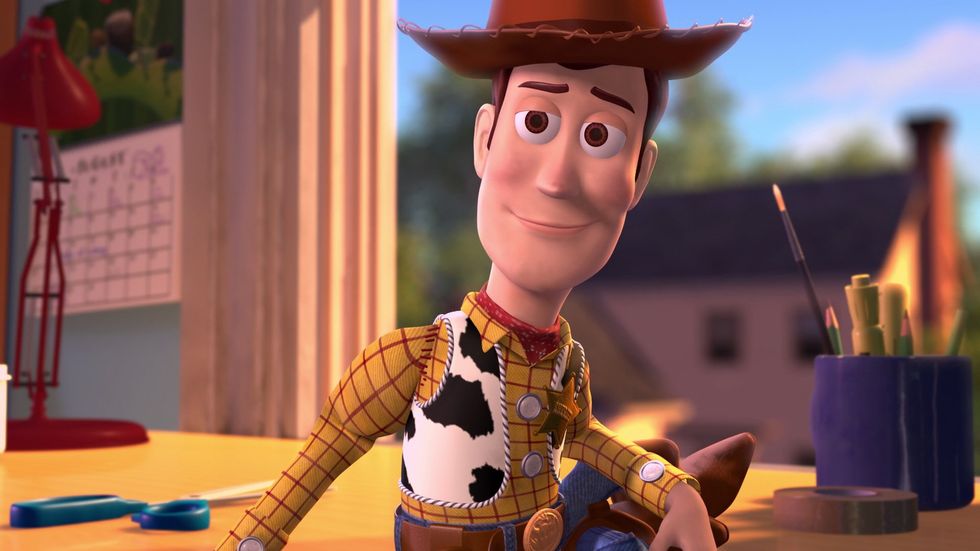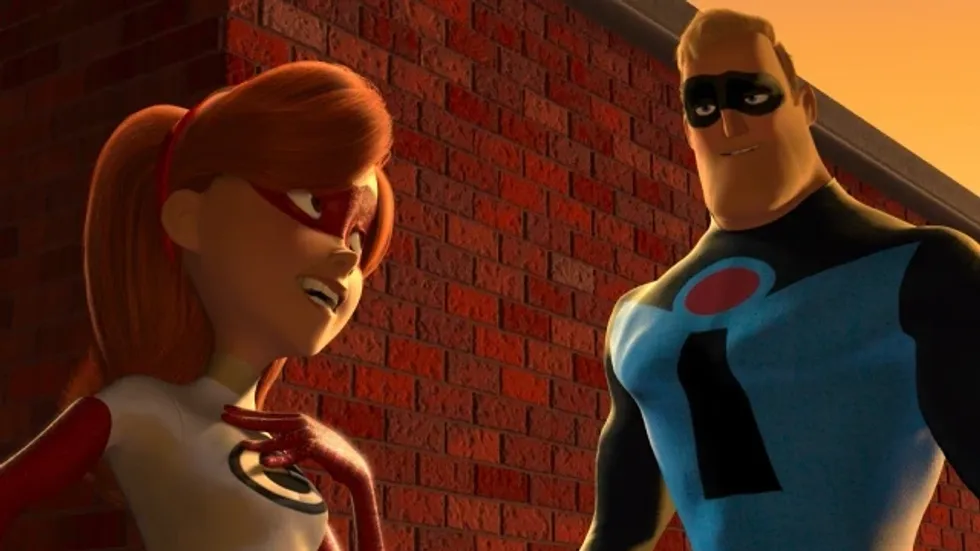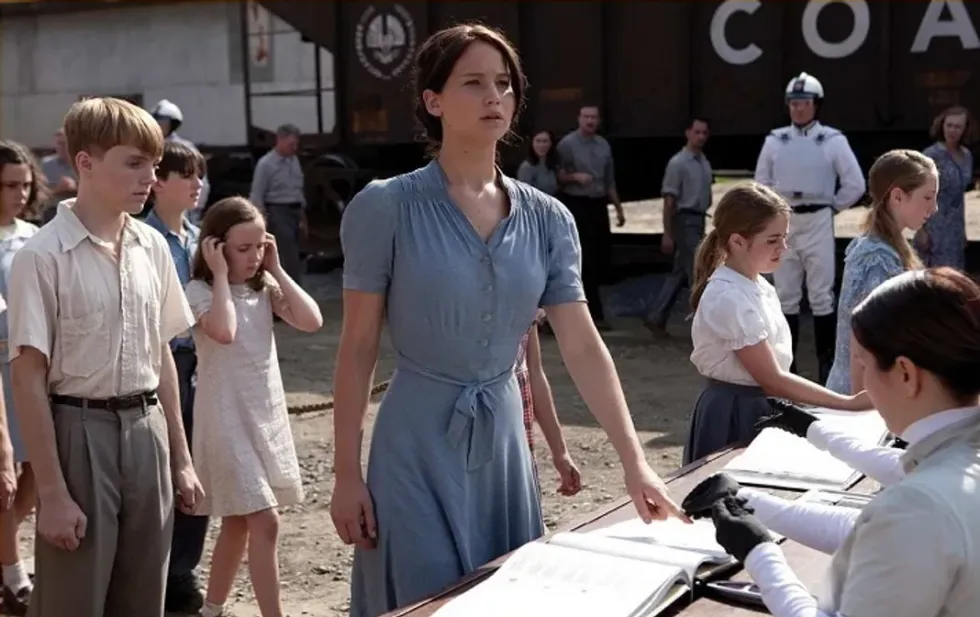‘The Skeleton Twins’ Co-Writers Explain How Tone Made Their Indie Gem Work (& Hard to Finance)
When a film like The Skeleton Twins has a breakout success at Sundance and wins the Waldo Salt Screenwriting Award, you expect that the writers had a strong, clear vision for the script. You don't expect that the screenwriters couldn't get past page 40 (twice) and at one point thought the story reminded them of Showgirls.
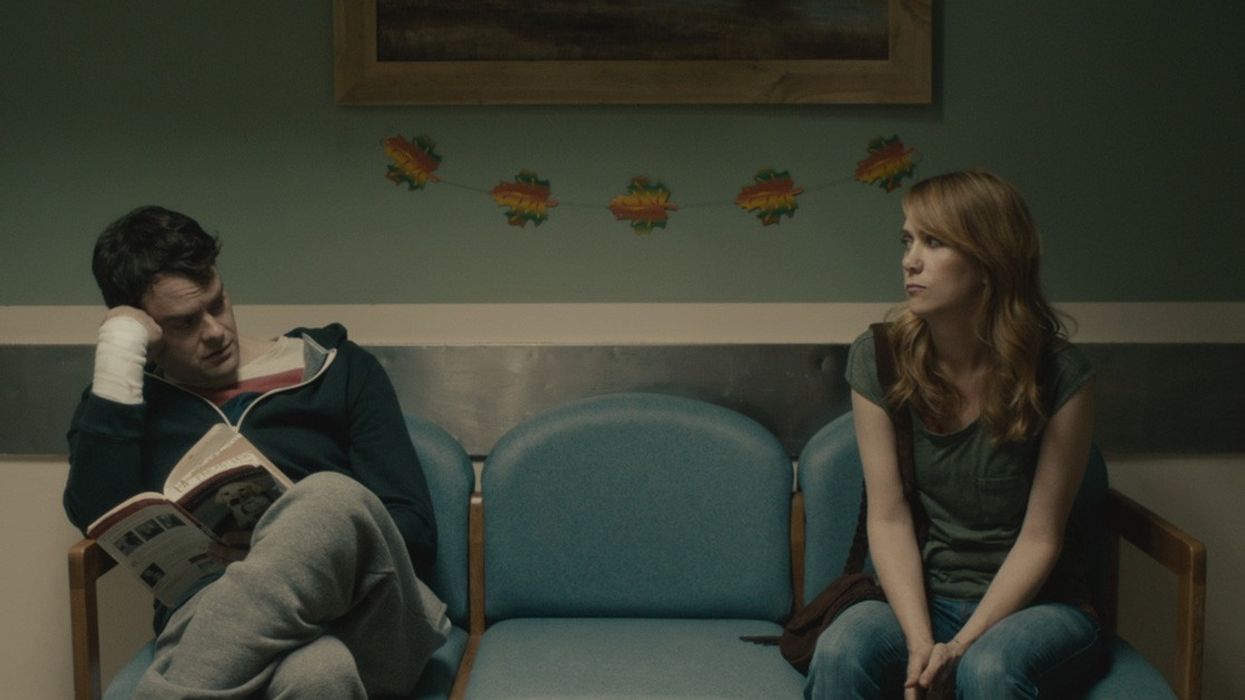
And if you're confused, let me assure you that The Skeleton Twins was never supposed to resemble Showgirls. Screenwriters Craig Johnson (who also directed) and Mark Heyman provide a candid look back at the process of writing The Skeleton Twins in a recent episode of the Final Draft Insider podcast. Before we jump into the podcast, here's the trailer:
If you have 43 minutes, the full interview with Johnson and Heyman is certainly worth a listen given their honesty about their inspirations and challenges writing this screenplay and getting the film financed. You can check it out below, or if the player doesn't appear in your browser, you can find it online at Final Draft's website. But we realize you're busy, so below are some of the highlights and key takeaways from the interview with Johnson and Heyman that screenwriters will likely find useful.
The Story Started With The Tone
As Johnson and Heyman tell the story about how they began writing The Skeleton Twins, they explain that the tone came first, then the story. The problem, however, was neither Johnson nor Heyman realized this. Instead, in their final year of film school ten years ago, they sat down to write a screenplay that would be more "grounded, emotional, personal" than their previous efforts, influenced by recent films of the time like The Squid and The Whale and Me and You and Everyone We Know. After throwing a bunch of ideas out from their personal lives, they stumbled upon an inappropriate relationship between a student and a teacher with a bit of a sibling relationship on the side.
They plunged into writing the screenplay, only to arrive at page 40 and realize they had nowhere to go. So they started over, arrived at page 40 again with the same problem, and that's when Johnson noticed that their current draft with Milo as a drag queen living in an abusive relationship with another drag queen in Las Vegas with his sister Maggie on the way to save him after kidnapping Milo's old teacher as the voice of reason sort of reminded him of Showgirls. When your screenplay starts to remind you of Showgirls and your inspirations were The Squid and The Whale and Me and You and Everyone We Know, it's time to step back and figure out what's missing.
At that moment, Johnson and Heyman said they started long, in-depth conversations about the tone they wanted for the film. Johnson explains that he wanted to observe the "subtleties of human behavior" and the natural humor within those moments. Johnson describes how directors like Hal Ashby and Alexander Payne that work with characters that are "both funny and emotional in equal measure" really influence his work, and that's what he wanted for the tone of this story. Only when Johnson and Heyman both agreed on this balanced tone of humor and drama set in real life moments could they find the story, which then became much more about the relationship between two siblings with the inappropriate past relationship between a student and a teacher becoming a subplot and backstory.
Process is Important (i.e. Outlines and Notecards Actually Work)
After hitting the wall at page 40 (twice) with no outline, Johnson and Heyman decided they should go back to the tools they had learned during film school. Once the tone of the film was set, the writers created an outline and beat out the story on notecards. Then, they sat in a room together, each at his own laptop, and took a notecard to write a specific scene. After they finished writing their scenes, they would share the scenes with each other, usually performing them. The other writer would give immediate feedback, which would then either go into the scene or sometimes they would trade scenes to rewrite them. The writers laugh about how going back to the basics of an outline and notecards really worked to put the story together, and they only had to suffer through two aborted drafts to realize this.
Writing and Editing Are Inherently Linked
The final rewrite actually happened in the editing suite as Johnson and Heyman sat together to figure out what was and wasn't working. During post-production, they wrote one additional element for the finished film: voiceover bookends with the character of Maggie to start and end the film. Heyman explained that the character of Milo was written to express his damage externally while Maggie keeps her personal struggles buried deep inside. That became a challenge when they watched the film and discovered that the audience may not be able to get inside Maggie's head enough. Johnson didn't want the voiceovers to feel random, though, since the film was never designed to incorporate voiceovers. The writers decided to craft the voiceovers as voicemails that Maggie leaves to make them feel more organic to the story while also revealing her inner thoughts more directly to the audience.
This Award-Winning, Sundance Breakout Took Ten Years to Make
Johnson and Heyman started working on the script for The Skeleton Twins ten years ago. They applied to the Sundance Institute Screenwriting Lab with the script three times, and were rejected each time. Heyman eventually went off and worked with Darren Aronofsky on The Wrestler and Black Swan. Johnson tucked The Skeleton Twins into a drawer and made his first feature film True Adolescents with Mark Duplass as the lead.
Only two years after True Adolescents did Johnson re-read The Skeleton Twins and decide the script really had potential. He started rewriting it, sending new versions to Heyman for feedback. Johnson asked Mark Duplass if he would executive produce the film. Duplass loved the script and "immediately started kicking down doors" for the film, bringing in casting director Avy Kaufman, who brought in Bill Hader in 2010.
They shopped the script around for financing, and everyone said they loved the script, really enjoyed the balance in tone, but wouldn't take a chance on financing it. Only after Kristen Wiig signed on could they get their financing. Ten years after they started working on the script, the film finally debuted to a great response at Sundance and critical acclaim as it rolls out in platform release in the U.S.
According to both Johnson and Heyman, those ten years were crucial to making the story better.
If you want to hear more about the process of making The Skeleton Twins and hear about the experiences of Bill Hader and Kristen Wiig during filming, I highly recommend this very funny post-screening interview with Johnson, Hader and Wiig by Elvis Mitchell, recently featured on KCRW's The Treatment. You can listen to it below or find it on KCRW's website.
How does tone influence your writing process when you are crafting a story? Have you discovered that the tone of your story is both its biggest strength (why readers like it) and its biggest obstacle (why financiers won't back it)? Share your thoughts with us in the comments.
Source: Final Draft Insider Podcast
